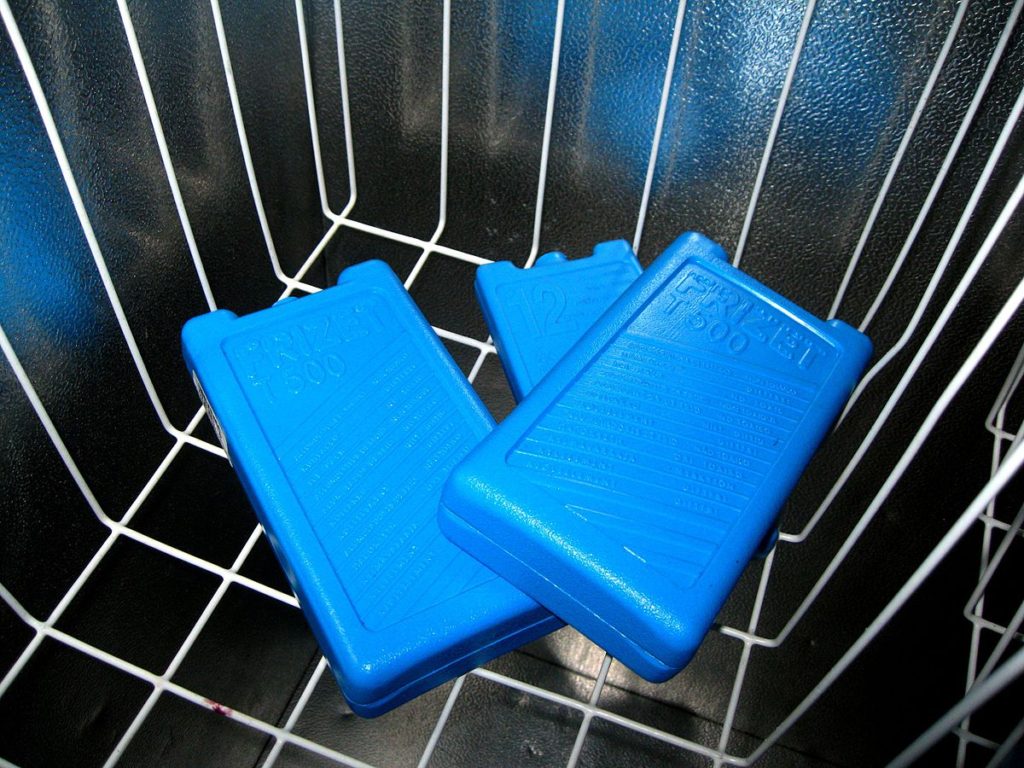You’ve probably used an ice pack at some point during your life to deal with blunt force trauma to a certain part of your body. It’s often the first line of defense when it comes to sports injuries or a slip and fall, and the effects have been proven to be worth the effort time and time again. But then, why exactly are ice packs such a bonafide treatment in the first place? How exactly does cold treatment contribute to lowered swelling and generalized pain?
After getting to the bottom of this issue, this is what has been discovered:
Cold slows blood flow.
Upon response to cold, your blood vessels will begin to narrow, which will reduce the flow of blood to a particular area. This serves to reduce inflammation and bruising, as these are both side effects of the blood being forced to the area. Applied quickly enough, cold can prevent swelling from occurring in the first place. At one point in our history, this swelling was more beneficial than it was inconvenient. But then, now that we have much more advanced methods of treatment, we don’t need to rely on inflammation to protect our bodies as much as we used to.
Cold helps to numb the area.
Another side effect of the cold is that the amount of sensation in the area is reduced, which is helpful in managing pain. Soreness is very effectively treated by cold since your body will reduce the brain signals associated with pain, and instead replace them with the feeling of cold. When the pain is associated with a tender area like the face, gelpax rounds can make recovery a lot more bearable than going at it entirely naturally. A reduction in pain also reduces the desire to play around and further agitate the area of injury, a secondary way that ice packs contribute to healing.
Cold relaxes muscles.
Often, after a traumatic injury, muscles will spasm intermittently or remain tensed up for long periods of time. After exposure to colder temperatures, blood will exit the muscles. This results in the muscles relaxing to a more baseline level. This can help reduce the pain and soreness associated with an injury, as well as get you back in an athletic condition much sooner than waiting for it to go away on its own. Furthermore, once the blood has left the muscles and the body realizes the muscles have begun to relax, a repair can start on the affected tissues.
Conclusion
Without ice packs, many of our favorite athletes would be out of commission for weeks instead of days, while those of us with injuries off the field can also glean the same benefits. Overall comfort is also heavily improved with the addition of an ice pack because of their beneficial effects on inflammation and the pain response. Simply put, gel packs are a proven and relatively simple medical aid, in a way that makes their usage a no-brainer that comes with little risk of complications as long as the pack isn’t put directly against the skin for long periods of time. For the reasons above, ice packs aren’t only essential. They’re indispensable.

